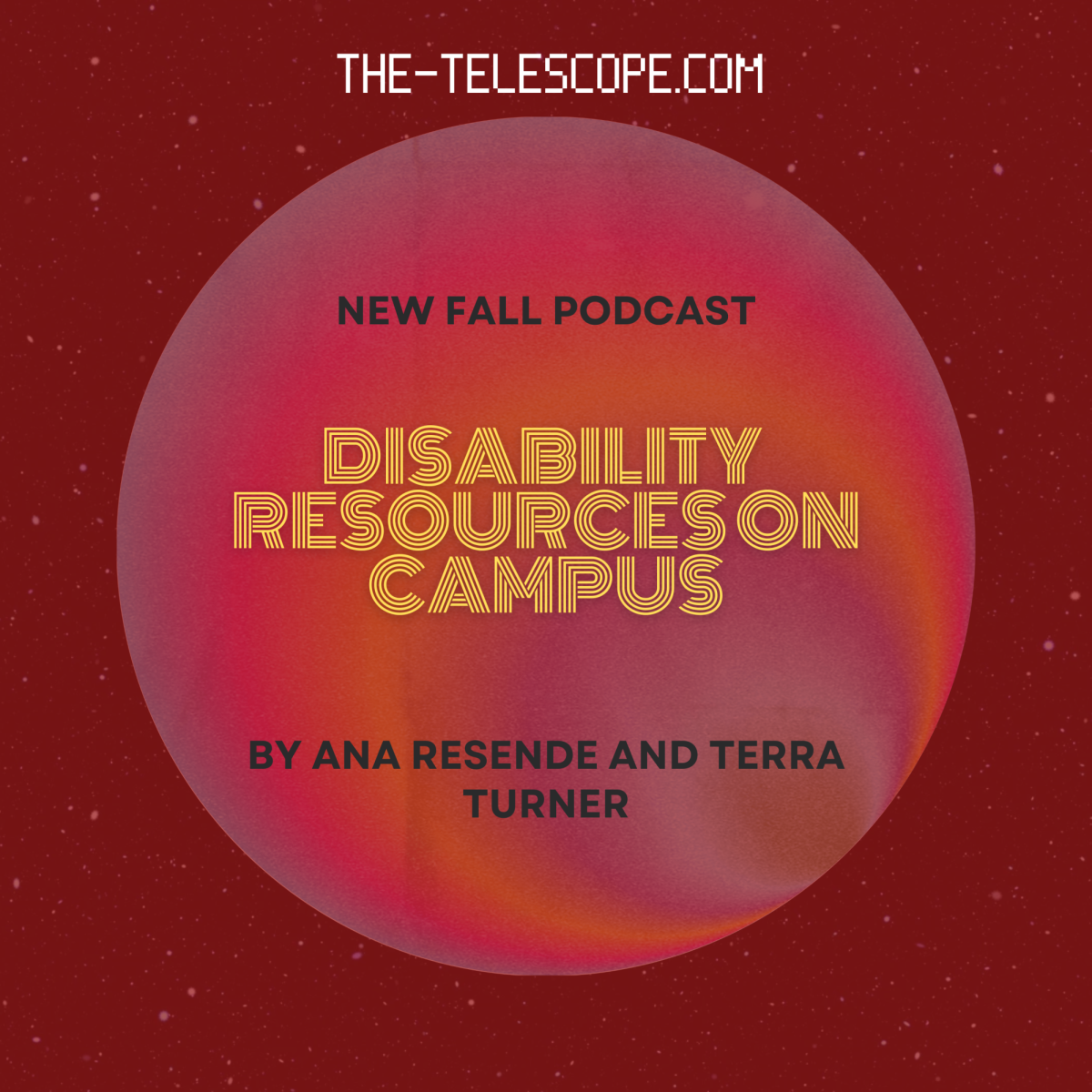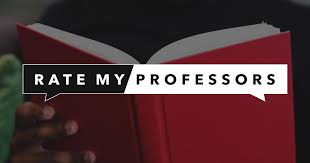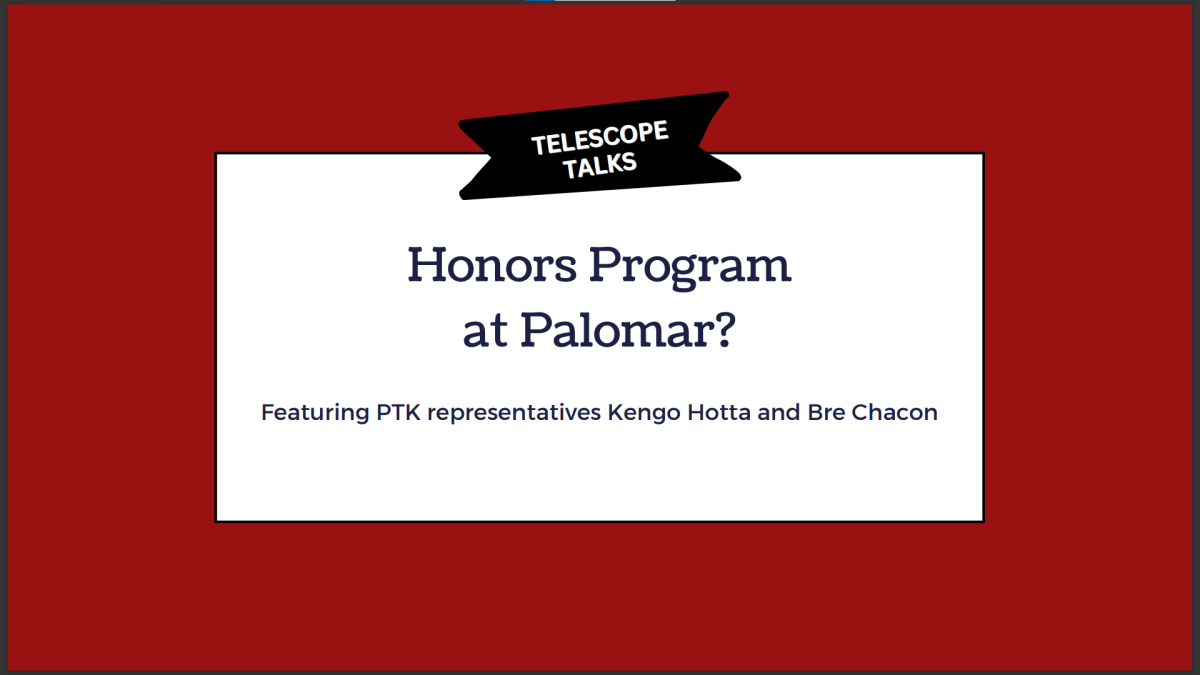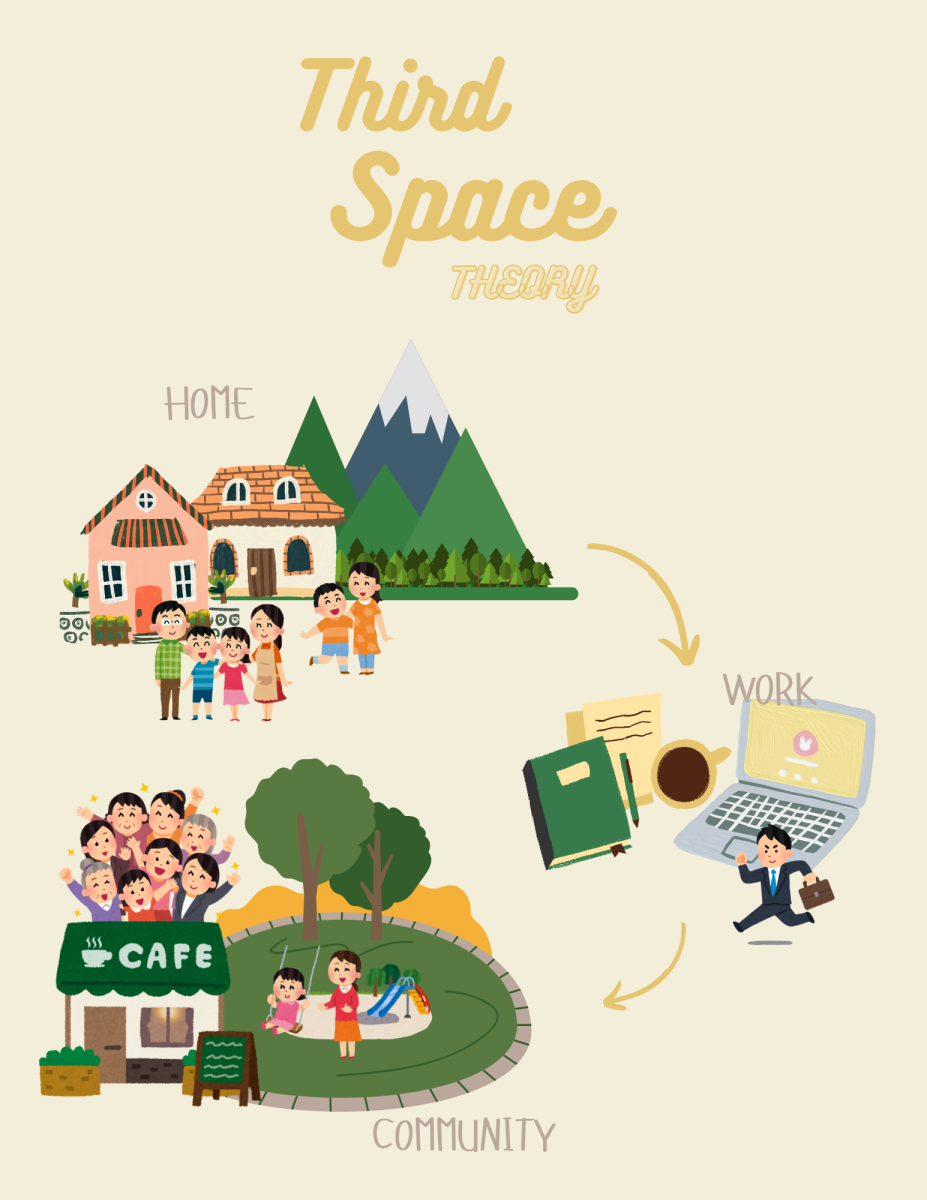Reading books may seem like all the same. What does it matter what you are reading, so long as you are reading, right? Scientists have found this is not the case. As it turns out, there are big differences in the effects of reading stories vs. non-fiction argumentation.
Reading Stories Increases Empathy
So what’s the difference between the two? The difference is that reading non-fiction argumentation may help the reader to develop critical thinking skills by obtaining factual information, but doing so does not tell us how others experience emotions.
To not only understand the point of view of others but also to see how they subjectively experience their point of view is vital to seeing the legitimacy of another’s viewpoint. Reading stories is a great way to see the world through the consciousness of others as they see and feel about their own viewpoint and core beliefs. This type of perspective taking can develop into a habit of mind that disposes one to have empathy toward others.
When people read stories about other people’s lives, it helps them develop the ability to understand the world through the lens of another person’s perspective.
Identifying with characters while reading stories by becoming emotionally involved with them vicariously is the key element to cultivating empathy toward others through reading stories, where empathy is defined as the cognitive ability to both discern the emotions of other individuals and to show responsive concern for unfortunate others’ emotions.
The difference between taking perspectives through nonfiction vs. fiction is that the former aims to develop critical thinking skills through intellectual analysis of the perspectives of others. The latter tends to develop a capacity for empathy through emotional identification with those perspectives.
Empathic Motivation
Critical thinking is important in determining which persuasive arguments are logically valid. But the effects of persuasion abate unless a person has an emotional motivation to sustain them.
Research has shown that people are susceptible to being swayed emotionally while reading stories. This emotional identification can motivate a person to assimilate a view that had been antecedently introduced to them through persuasive argumentation.
The reason stories have a captivating influence is because reading a story entails the reader to hold their critical faculty in abeyance. By doing so the reader entertains the plausibility of characters’ perspectives with their accompanying emotions in order to be transported by the story, unlike reading non-fiction where the reader is advised to maintain a vigilant skepticism.
Reading stories is thus the theater of emotional connection where empathy prolongs the sustainment of a perspective that had its prologue in prior exposure to non-fiction reading.
The retention effect in reading stories has been studied and demonstrated scientifically. In a 2013 study by Bal and Veltkamp, 66 participants were randomly assigned to read either fiction or a control condition. Researchers found “when people are transported into fictional narratives, they are better in remembering the story, because they were more intensely involved in reading the story, which enables mental representations afterwards.”
Empathic Incubation and the Sleeper Effect
The vicarious transportation of storytelling that facilitates the recall of ideas depends on something known as the sleeper effect. A person who reads a highly transporting story will relive the story in their reflections after they have finished it. This reliving brings about manifestations of meaning that do not occur immediately but evolve over time.
As Bal and Veltkamp explain the sleeper effect: “The effects of fiction reading on empathy will increase over time rather than present itself directly after the experience.”
The sleeper effect, as relates to empathy, refers to how the emotional arousal while reading a story will foster the processing of ideas over a period of time known as the “incubation period” after reading. Whether it be fiction or the news, the emotional arousal is the essential component of instilling empathy in stories during this incubation period.
The sleeper effect can occur when reading the news as well as fiction because human interest in diverse populations is often narrated in a news story.
Whether reading news stories or fiction stories, the impact will be stronger than reading argumentation because of the reader’s transport, and the motivation to act accordingly will last longer because of the way the reader will relive the story afterwards.
In this way reading stories serves as the substrate by which the reader obtains the long-lasting growth of empathy that can offer an abiding source of ongoing self-nourishment.
Empathy through Reading: The Physiological Basis
Science has now found a physiological basis for empathy, in the existence of what is known as mirror neurons in the brain, which explains how readers understand people’s minds and have empathy for them through reading.
Mirror neurons are classified as a type of neuron that have been examined in MRI scans and found to activate when a person engages in a behavior as well as when a person witnesses the same or similar behavior.
V.S. Ramachandran has been one of the foremost experts on mirror neurons. A prominent professor of neuroscience at the University of California, San Diego, Ramachandran (known as “Rama” to friends and colleagues) pioneered early research on mirror neurons and explained how they work in a 2012 interview with the Greater Good Magazine:
“It turns out these [mirror] neurons that respond to my thumb being poked will also fire when I watch you being poked. … So these neurons are probably involved in empathy for pain. If I really and truly empathize with your pain, I need to experience it myself. That’s what the mirror neurons are doing, allowing me to empathize with your pain—saying, in effect, that person is experiencing the same agony and excruciating pain as you would if somebody were to poke you with a needle directly. That’s the basis of all empathy.”

































































